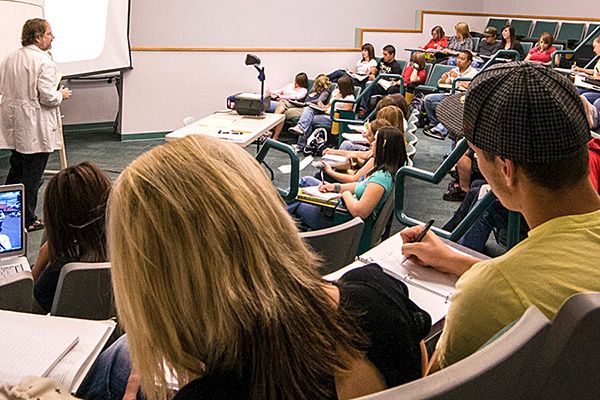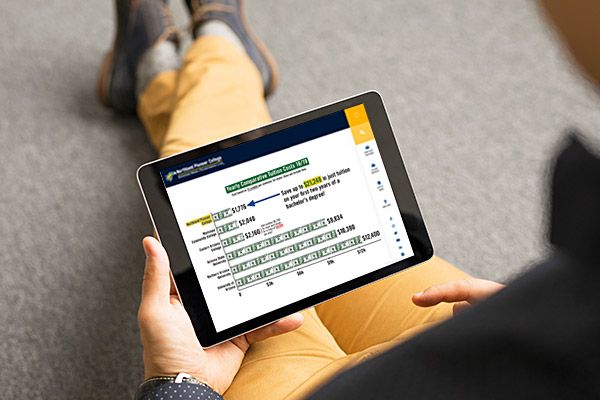Under the provisions of Title II of Public Law 101-542, The Crime Awareness and Campus Security Act of 1990, the College President, or personnel designated by the College President, shall establish a plan for crime awareness and campus security. The Northland Pioneer College Plan for Crime Awareness and Campus Security is broken down into the following sections of Procedure 2555:
- Reporting crimes and emergencies occurring on or next to Campus.
- Security and access to campus facilities
- Campus law enforcement
- Crime prevention awareness and education
- Use and sale of alcoholic beverages and illegal drugs.
Reports are submitted every October and cover the previous calendar year.
You may also want to check our Campus Sexual Violence Elimination (SaVE) Act page for additional information.
Reporting Criminal Activity
Information Regarding Local Sex Offenders
Questions or to obtain a printed copy of this information, contact
Dr. Michael Solomonson, Vice President for Learning and Student Services, at (928) 536-6217 | email
The U.S. Department of Education requires all higher education institutions to annually report crime statistics for all campuses. Institutions must provide crime statistics for all campuses in specific geographical categories. These categories are:
-
On Campus – Any building or property owned or controlled by an institution within the same reasonably contiguous geographic area and used by the institution in direct support of, or in a manner related to, the institution's educational purposes, including residence halls; and any building or property that is within or reasonably contiguous to paragraph (1) of this definition, that is owned by the institution but controlled by another person, is frequently used by students, and supports institutional purposes (such as a food or other retail vendor).
-
Dormitories/Residential Facilities – Dormitories or other residential facilities for students on campus is a subset of the on-campus category. Institutions must disclose the total number of on-campus crimes, including those in dorms or other residential facilities for students on campus, and must also make a separate disclosure limited to the number of crimes occurring in student dorms or residential facilities on campus.
-
A Noncampus Building or Property – Any building or property owned or controlled by a student organization that is officially recognized by the institution; or any building or property owned or controlled by an institution that is used in direct support of, or in relation to, the institution's educational purposes, is frequently used by students, and is not within the same reasonably contiguous geographic area of the institution.
-
On Public Property – All public property, including thoroughfares, streets, sidewalks, and parking facilities, that is within the campus, or immediately adjacent to and accessible from the campus.




